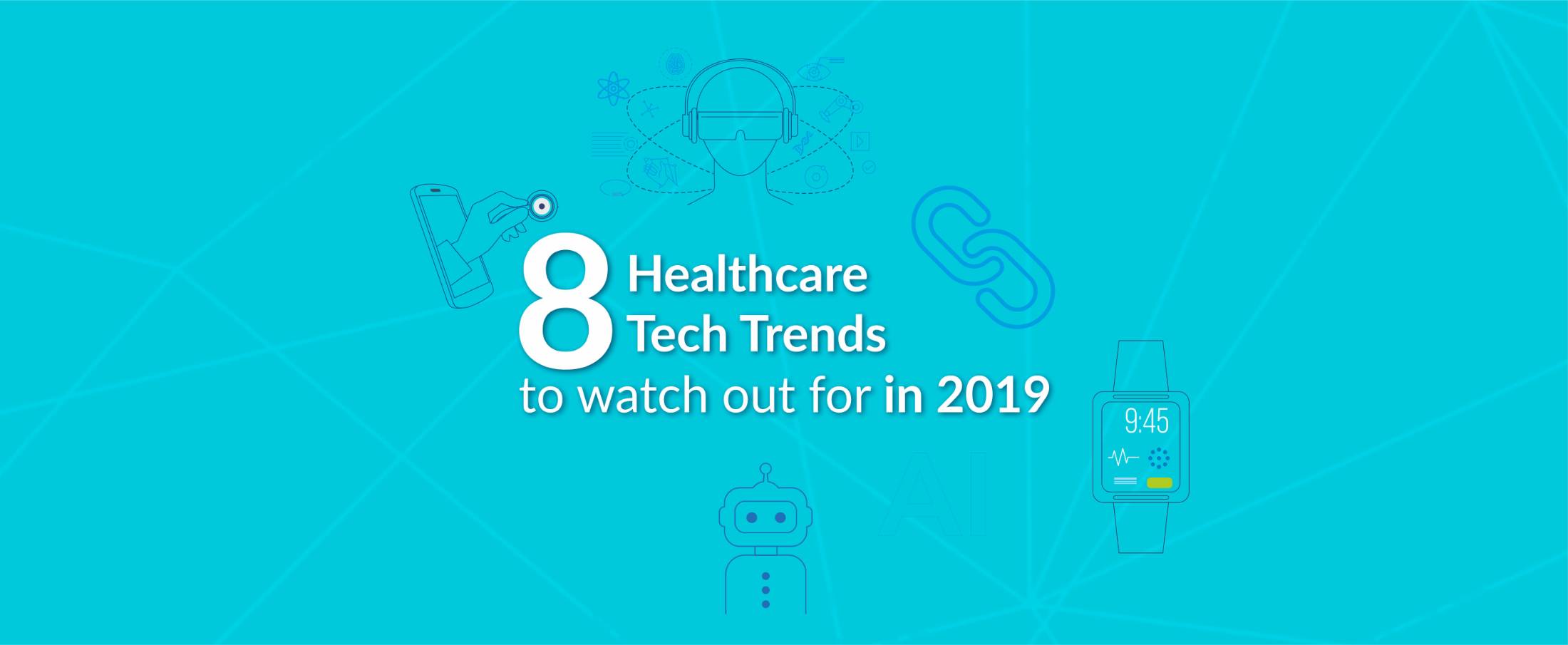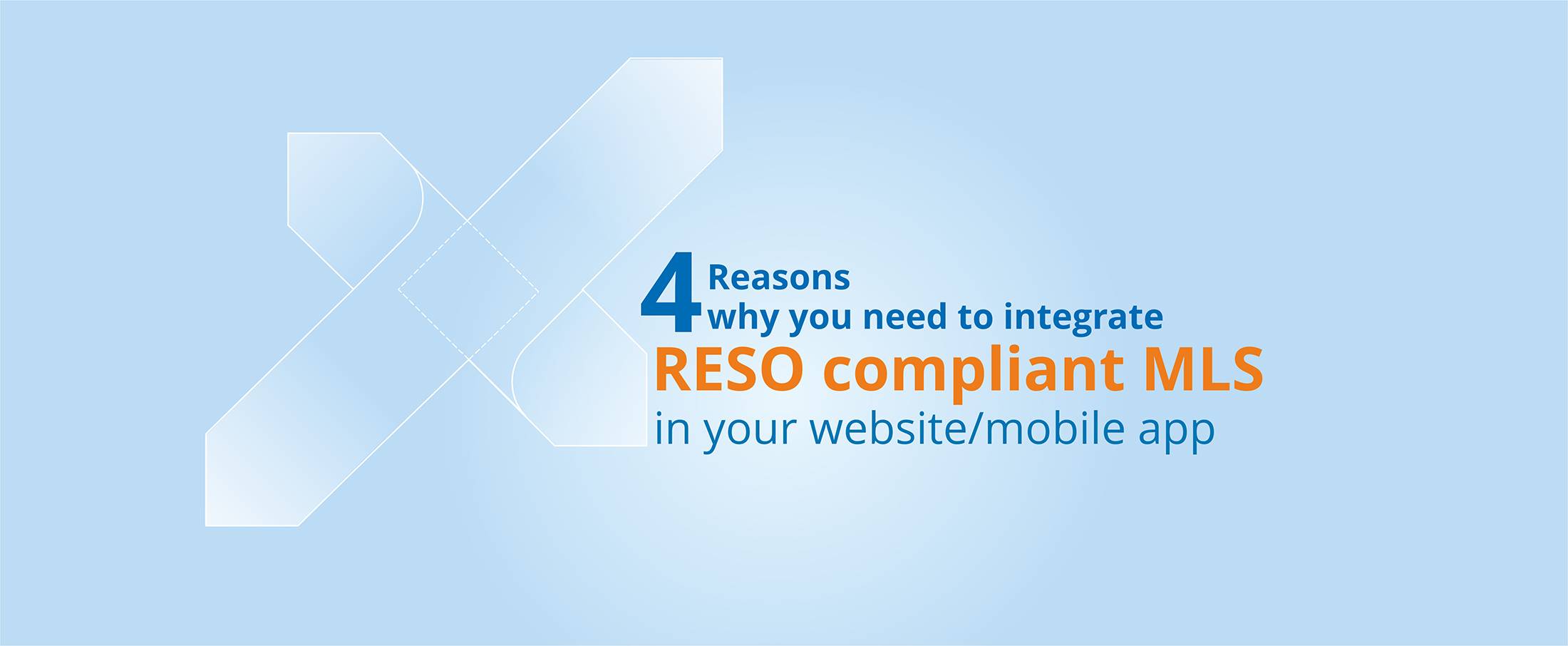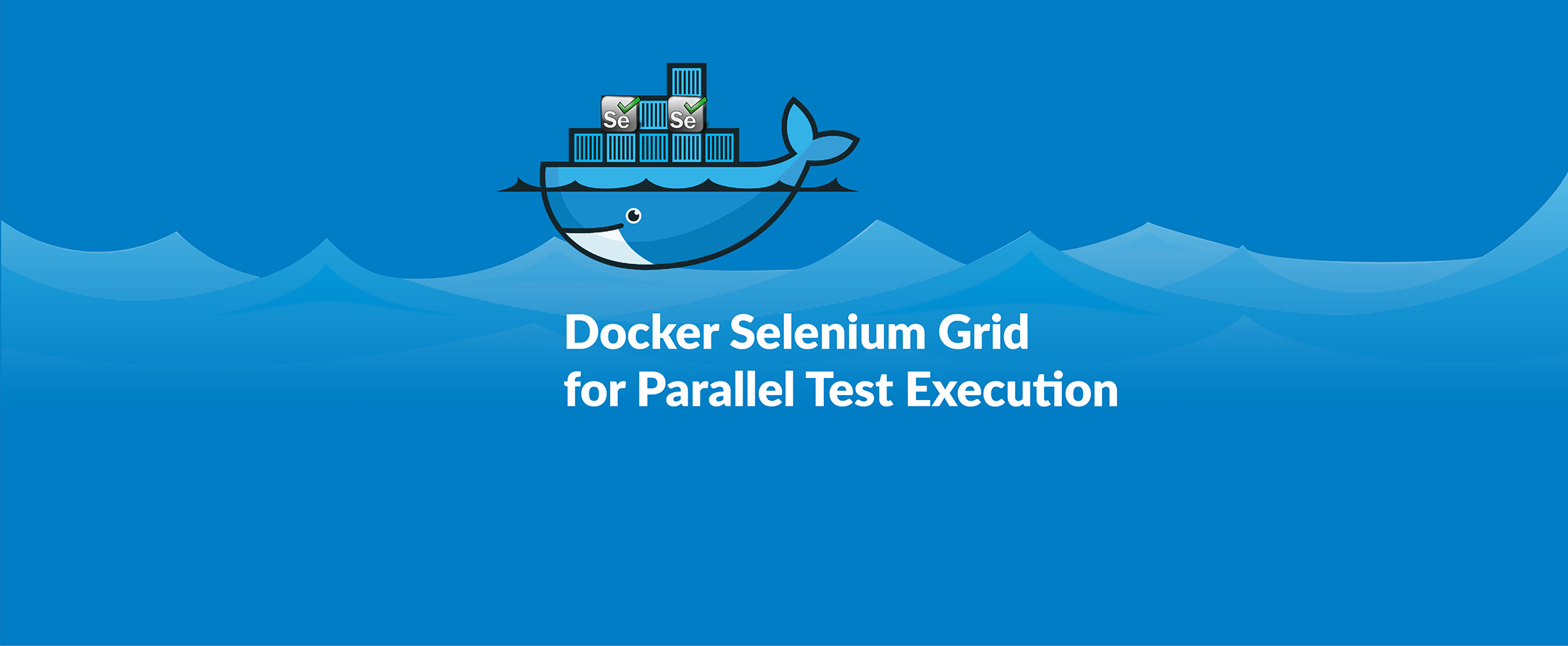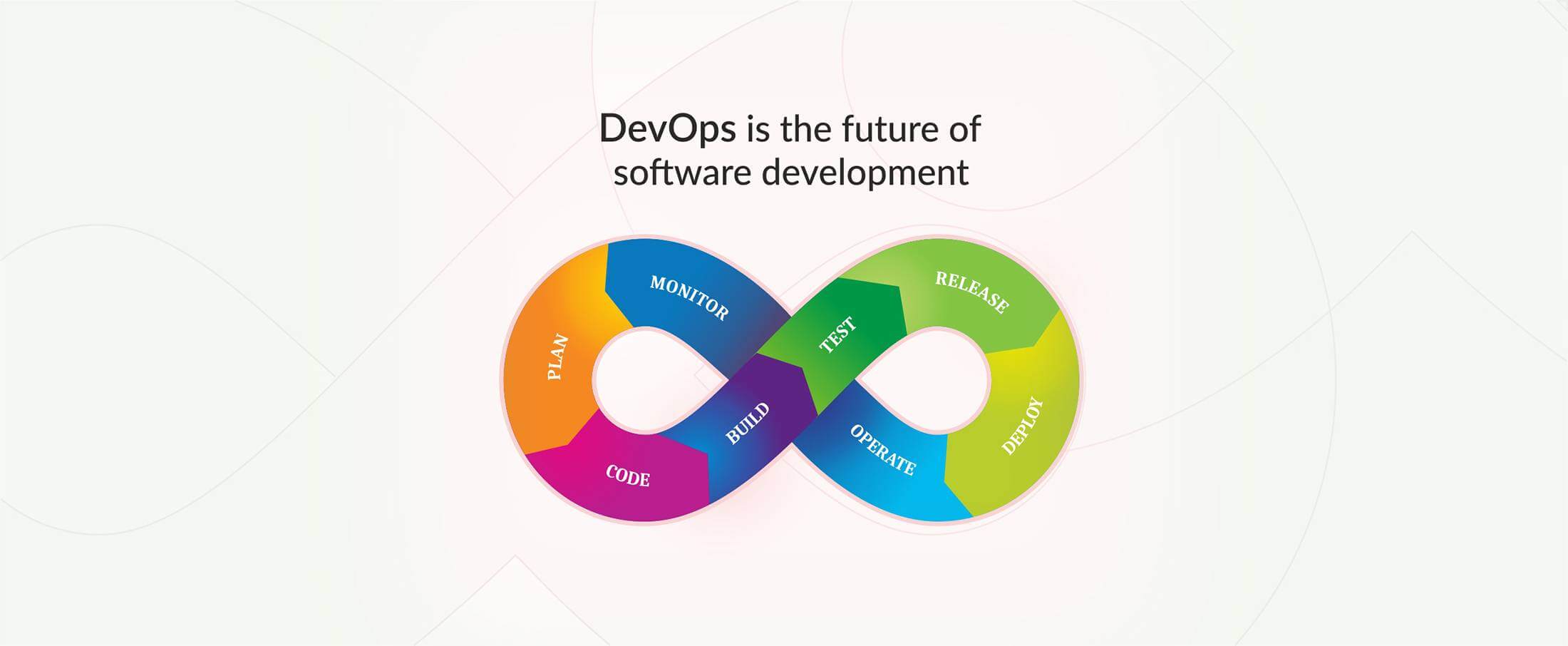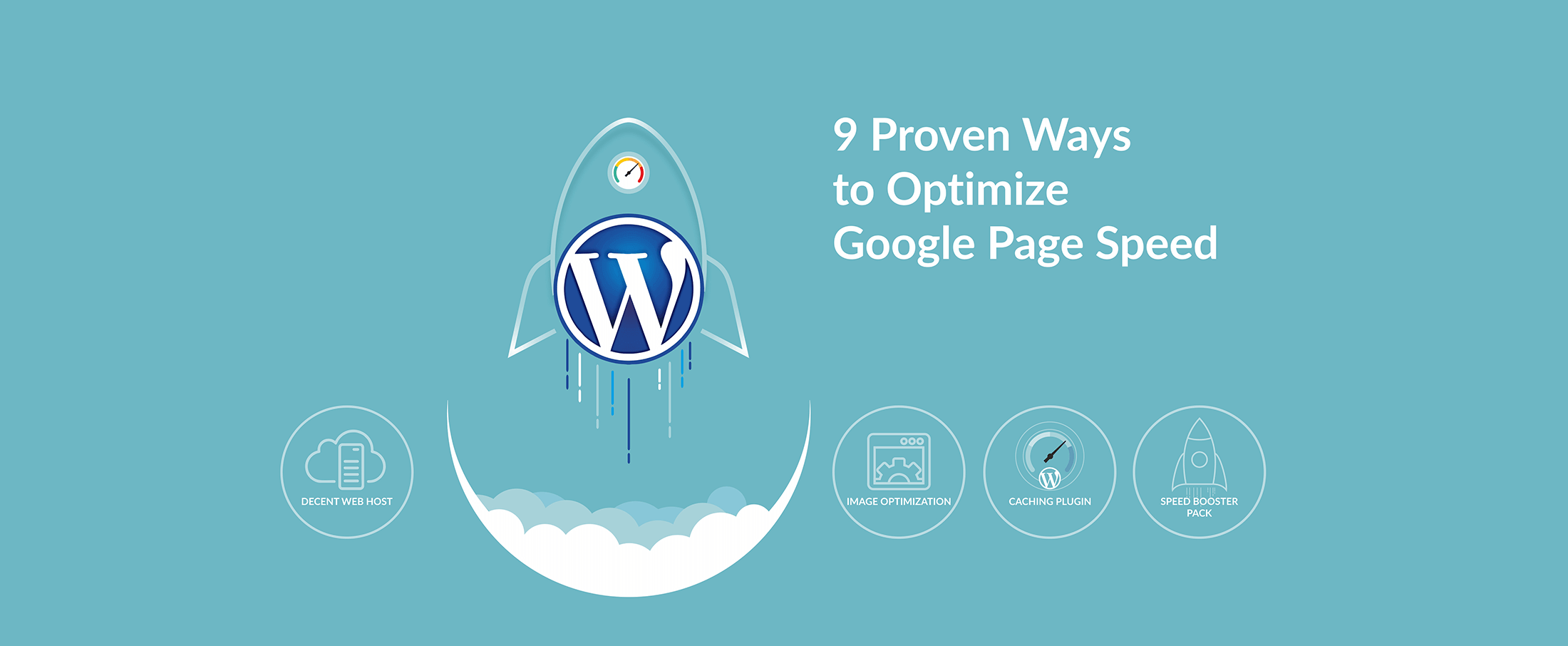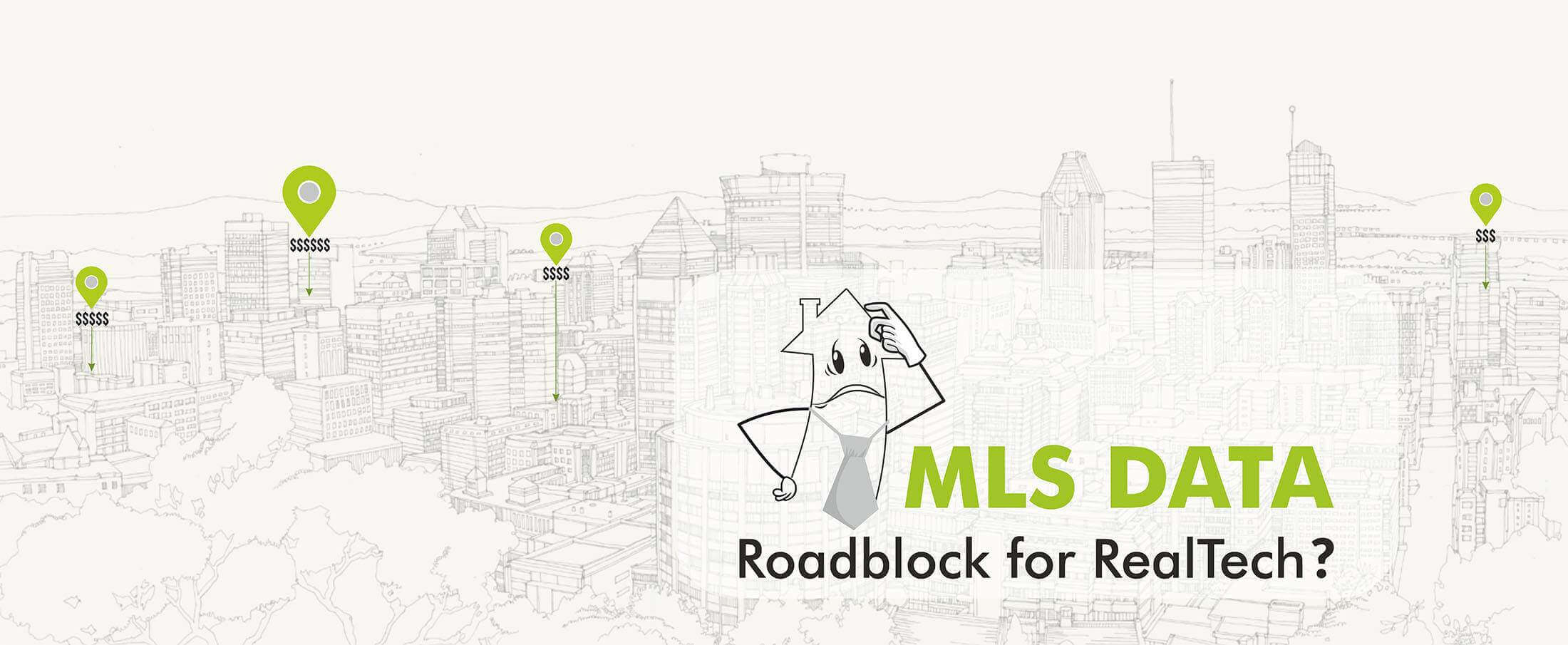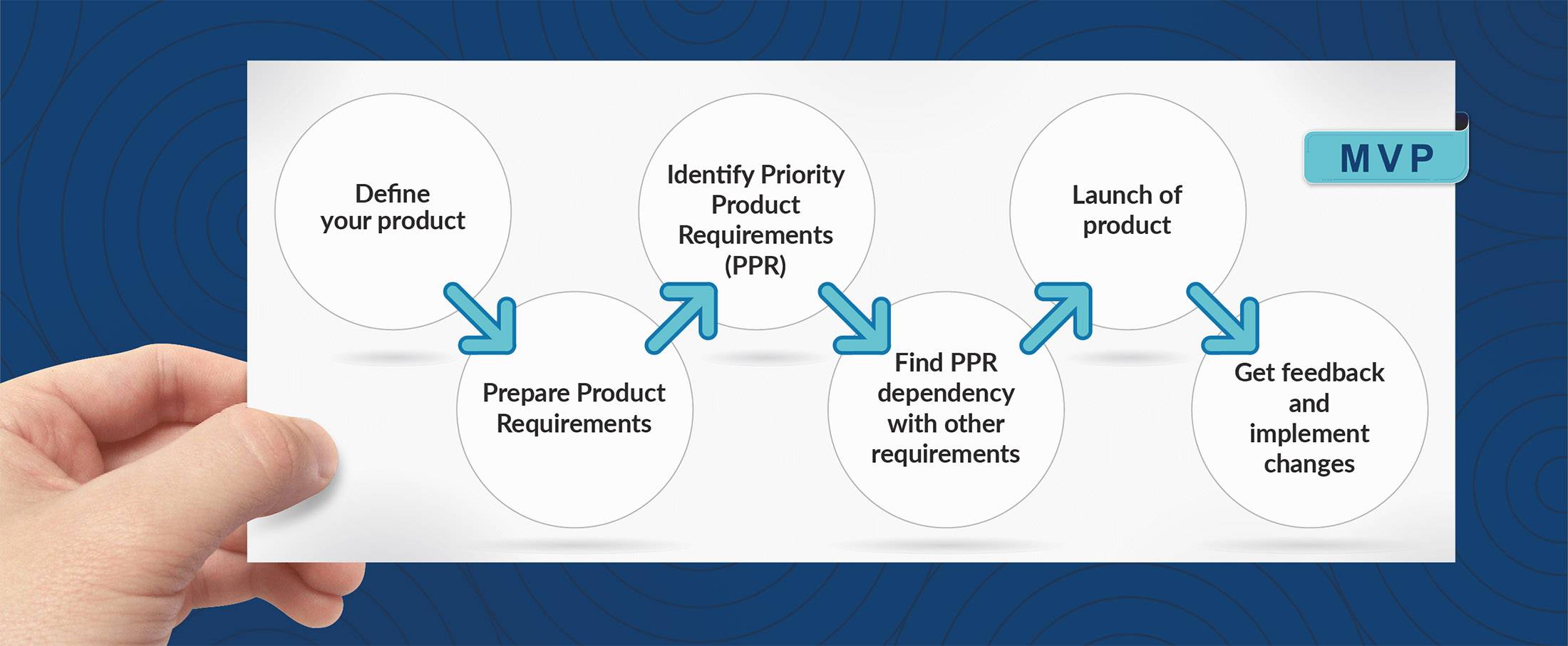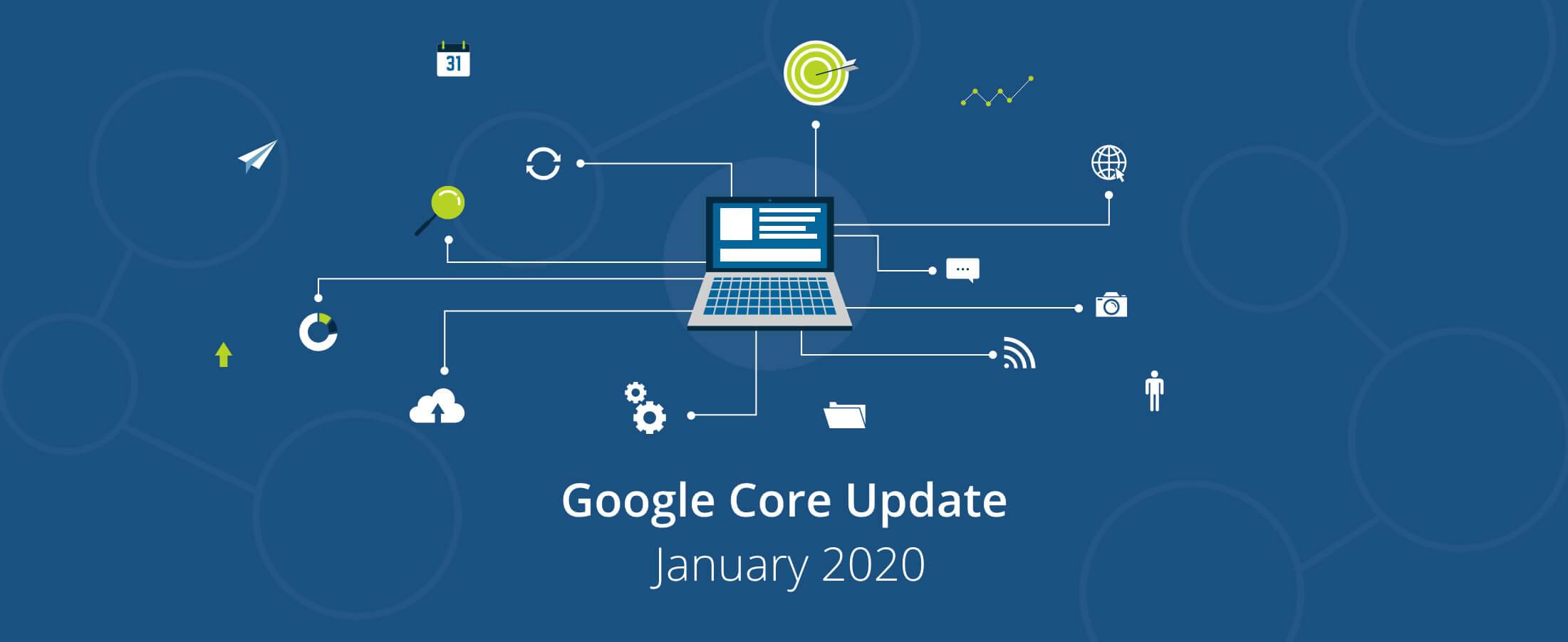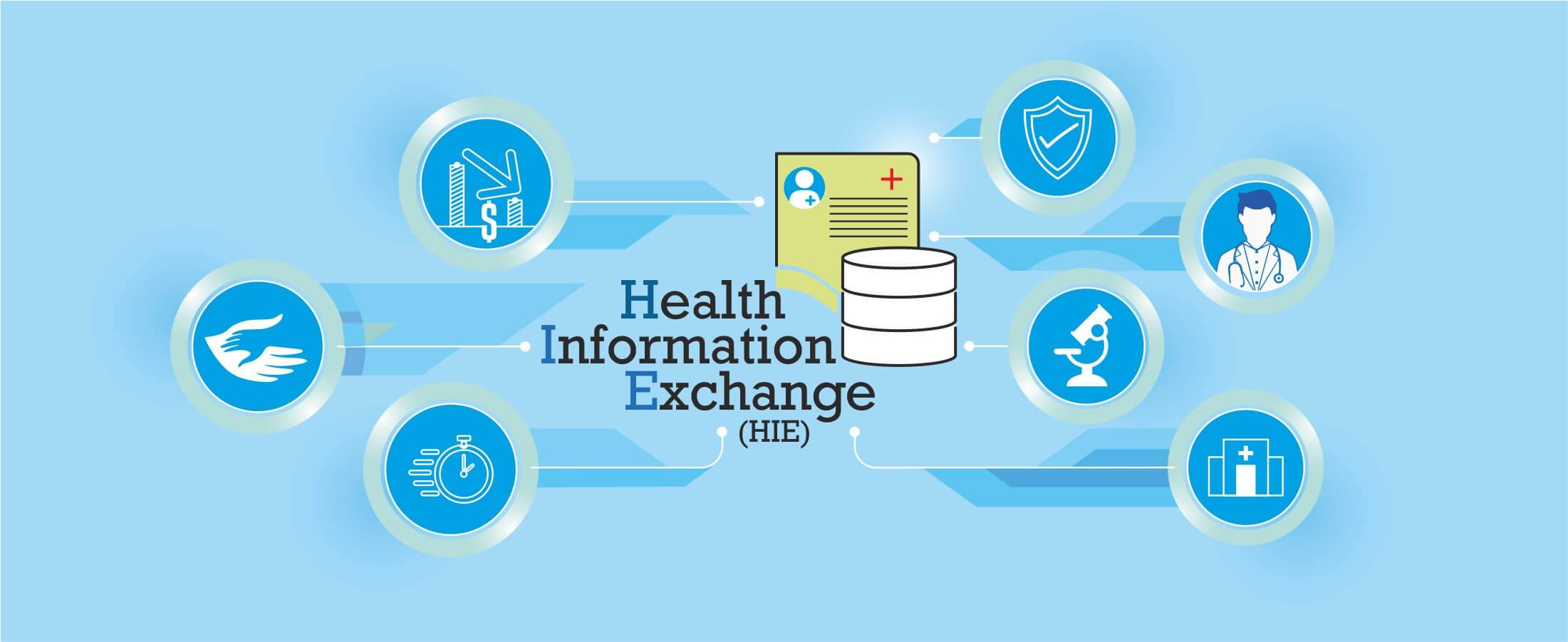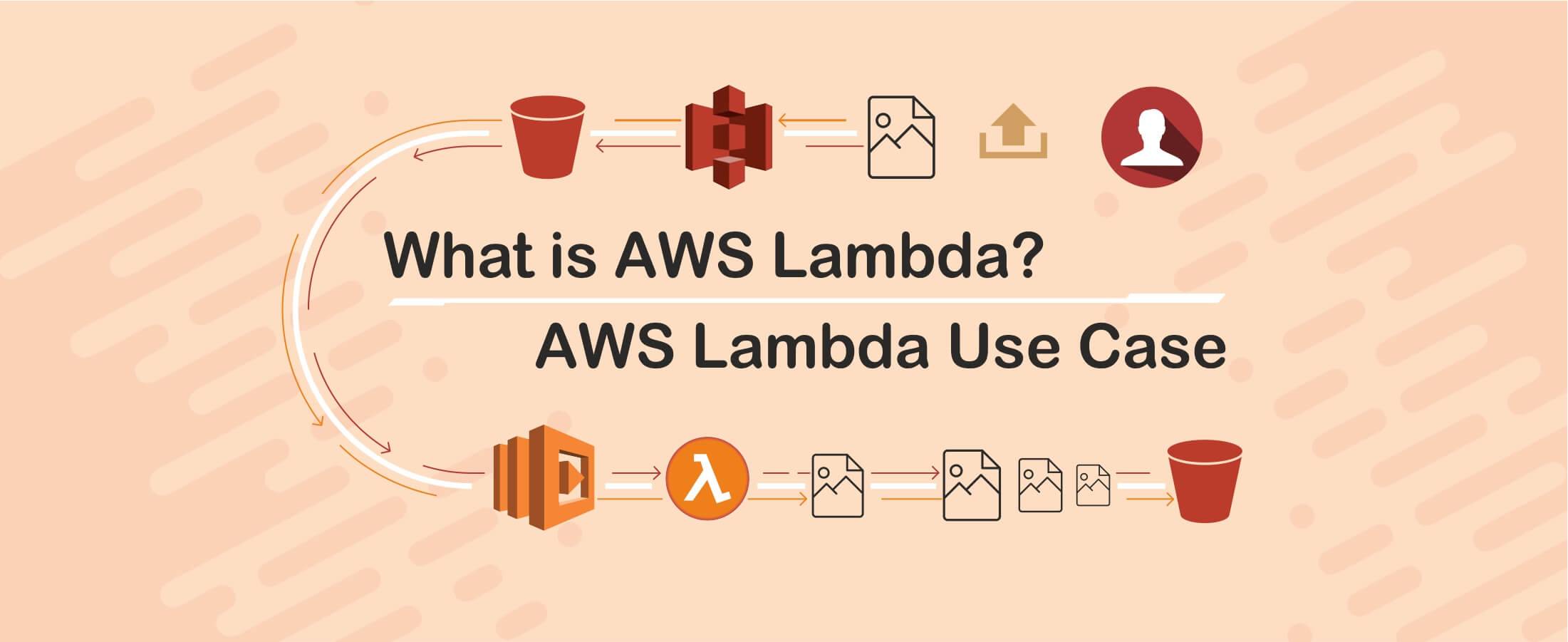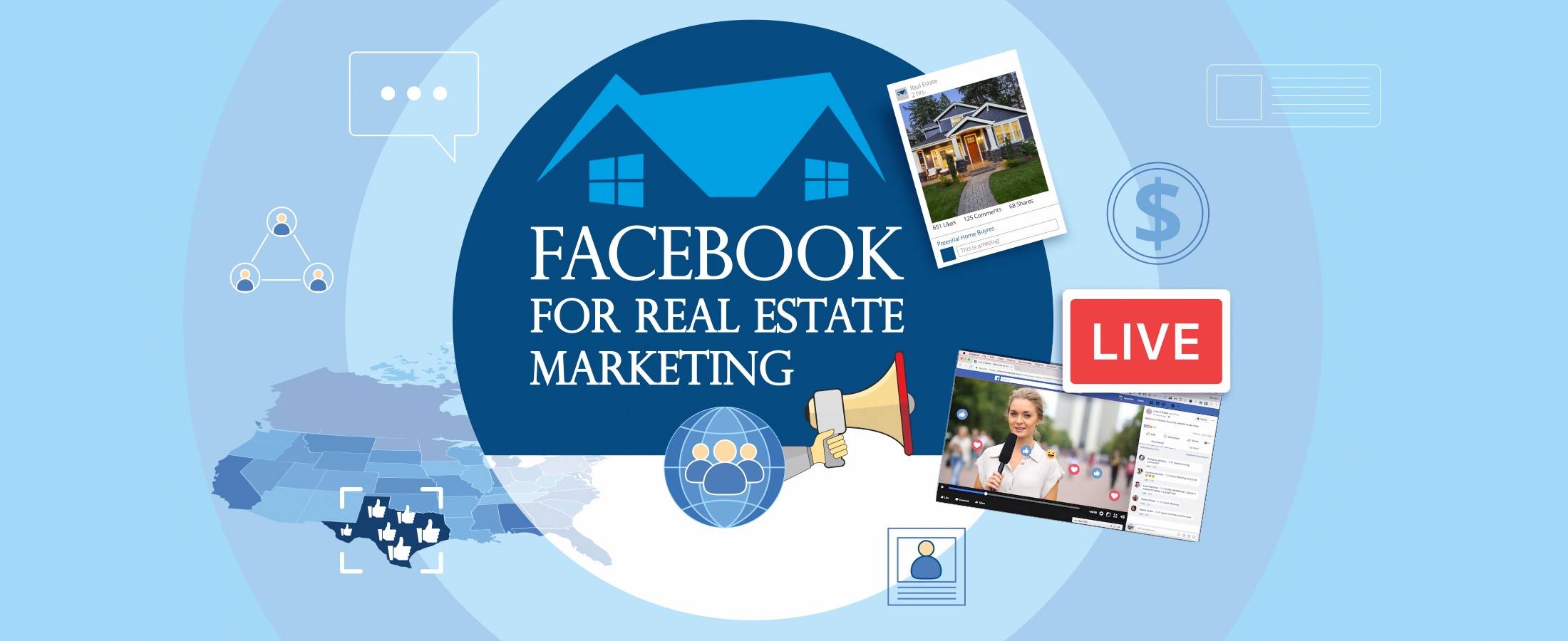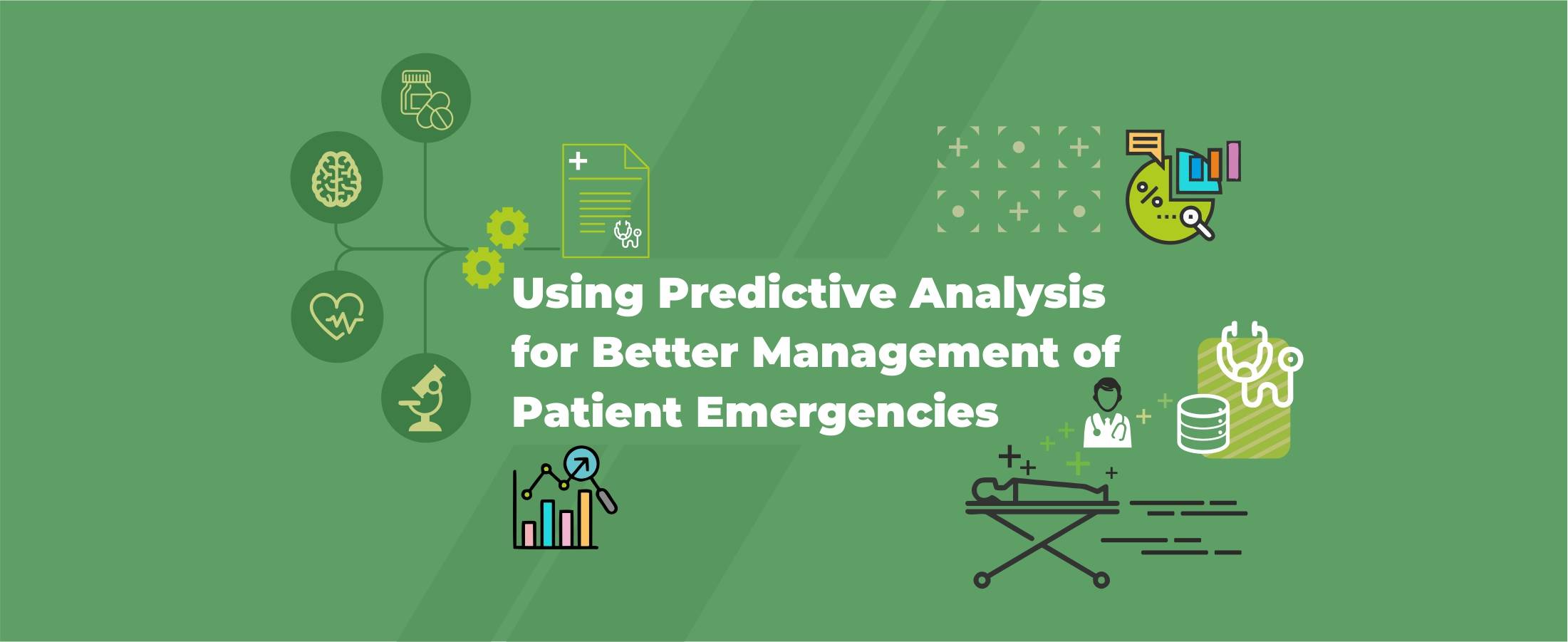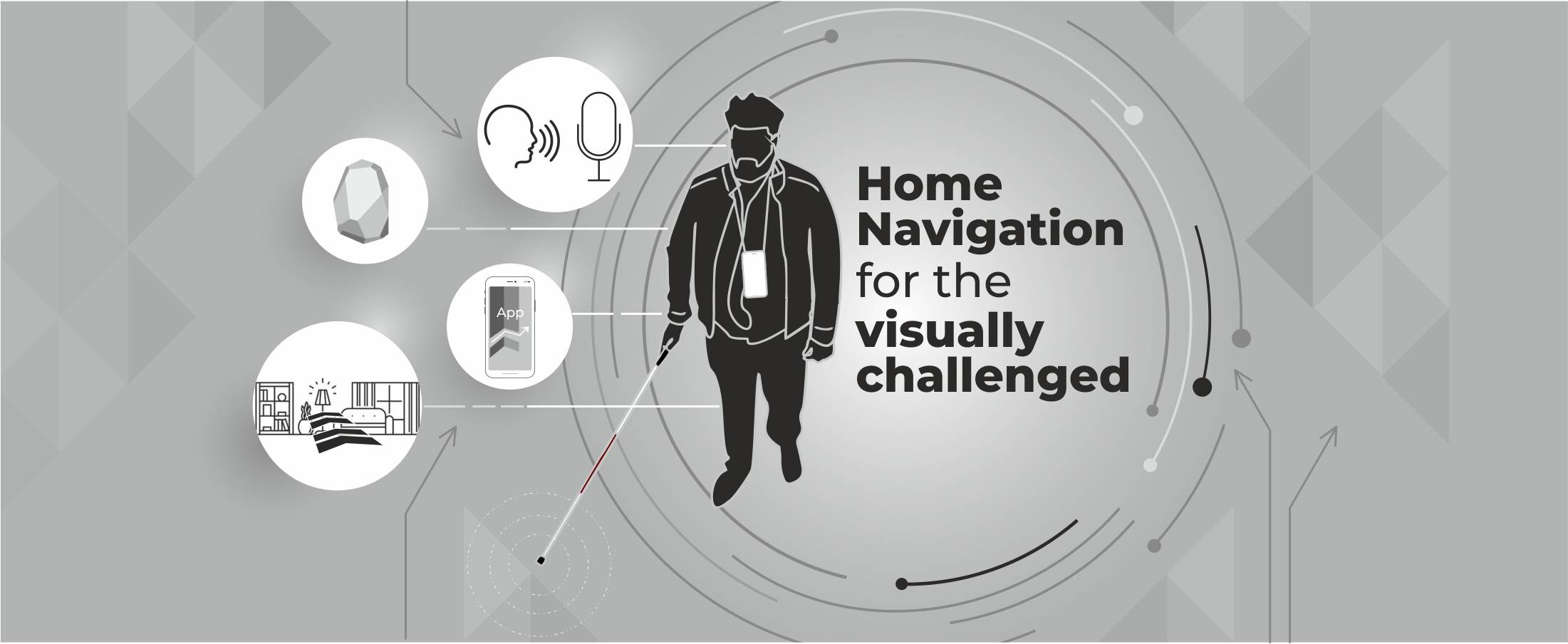What is Technical SEO?
What is Technical SEO?
SEO (Search Engine Optimization) is one of the most important techniques that you need to master as an online business. A well-planned SEO strategy helps improve the search engine ranking of your website organically and thereby improves the visibility for target customers. It gives the search engine crawlers, the signals to understand and reach your content when someone searches for similar information. SEO plays a huge role in improving the performance of your website during indexing and crawling processes.
You might have heard about SEO a lot, but have you ever heard about technical SEO? Well, simply put, Technical SEO is the solid foundation on which your search engine optimization strategy is built on. It’s a process which helps with the optimization of your website. It helps the search engines to access, interpret, crawl and index the website. You may be familiar with the 2 different types of SEO –
- On-page SEO – As you already know that the user experience is one of the major ranking factors according to Google’s updates. Thus, the on-page SEO deals with the optimization of the content on the website, so that search engines can easily access them. It includes augmenting every type of content on your website, ranging from headlines, subtitles to ending notes.
- Off-page SEO – Off-page SEO is concerned with the optimization of the content posted don alternate platforms. It includes inbound links and the links to your website on other pages.
Well, technical SEO completes this optimization by improving the technical structure of your site. Most professionals work on the content, and the off-line optimization only and somehow ignores the importance of Technical SEO. It is an important aspect of your online presence as it works on the optimization of your website’s infrastructure and the technicalities.
Important aspects of Technical SEO
Here are the most important aspects of technical SEO that make it an integral part of your overall SEO strategy: –
- Loading speed – The websites speed is one of the top SEO ranking factors. It is an integral part of user experience and usability. An increase of even a fraction of a second can have a huge impact on your site’s popularity. The users have many options at their disposal and therefore lack the patience to wait for more than a few seconds for a website to load. They will lose their interest and press the back button without thinking twice. Thus, it’s important to have a fast loading speed. Some of the ways in which you can achieve this goal are as follows: –
- Keep the website minimalistic. It’s very important to have simple templates; rich graphics can have a huge effect on the loading speed of your page. Just remove what is unnecessary.
- Choose the right size of the images. Larger pictures take more time to load, go for small but attractive and eye-catching images
- Use the correct formats like PNG for graphics and JPG for photographs because they are compressed file formats and do not take up much space.
- Installing multiple redirects can reduce the loading speed of your site. Ensure that there is only a single redirect. Create a custom 404 error page, which will help you solve the problem like no page found.
- Invest in your Site architecture: – The main purpose of the Technical SEO is to help the search engine crawlers to index your pages. You need to have a website which is SEO-friendly, and this can be achieved by ensuring a proper architecture for your site, which includes a site-map, URLs, etc.
- Optimize the robots.txt files: – They are an important part of the root directory of your website and help the search engine crawlers by guiding them about which pages they must add to their index. You might not want certain pages of your website to be indexed, in such a scenario, it is best to optimize your robot.txt files.
- Use https: – Google has recently declared that security is their topmost priority. Using an appropriate hypertext transfer protocol helps in promoting a safer web. It will also have a positive effect on your ranking
- Breadcrumbs: – They are an important part of an SEO-friendly architecture because they help in navigating the position of the user. If you have a hierarchy of pages on your site, then they will help the user to easily go back to the homepage.
- Optimize the URL structures: – Try to use lowercase characters and employ all the target keywords that you want. It will work as a ranking factor and assist the search engines in classifying the page.
- Structured data mark-up: – You might think that this is a part of the on-page SEO because it deals with the content, but you need to add that code in your website to enable the structured data such as snippets. One of the most important ways in which it works is via snippets.
- It helps in the SERPs by increasing the relevance of your content.
- How does it work? It is quite simple when you type the word pen; you instantly get search results about different kinds of pens, their prices, you don’t quite need to write the entire sentence like ‘’buy good quality pens’’.
- You can easily add these rich snippets to your website and use them right away.
These were some of the important ways through which you can improve the technical aspect of your website. However, how will you know that there are certain technical SEO problems that your website is facing?
How to diagnose technical SEO problems?
Here are some useful tips for you to diagnose the presence of any technical SEO problems affecting your website: –
- Use the user-agent switcher to Google bot and then check the site.
- Check the DOM. The Chrome DevTools are a group of web developer tools that will help you diagnose the problem.
- Use the Screaming Frog SEO spider to check the issues. It is a desktop program that crawls the website’s images, links from an SEO perspective.
- Check your keyword ranking tracker. You can use a lot of keyword tracking tools, such as DYNO MAPPER, SEMrush, etc.
Some of the reasons for the Technical SEO problems?
Here are some common reasons for cropping up of Technical SEO problems: –
- Not using HREF links – Hypertext Reference is an HTML code that is used to create a link to another page. Google recommends the HREF links because they never go wrong. They are quick, consistent and one of the old classics.
- Duplicity – You need to consolidate duplicate URLs. If a single page is accessed by multiple URLs, then Google is likely to get confused between which is the canonical URL. Therefore, it will choose one, which will be crawled, and the other pages would be pushed aside and crawled less often. You need to specify your canonical URL.
- Using CSS background images – These background images won’t be crawled and indexed, but they do affect your loading speed. They can be used for eye-pleasing website but nothing more than that.
- Broken links – Do you know hoe that error 404 is representative of your technical problems. Create a custom 404 error page that tells the users the invalidity of the current page.
- Lack of structured data – The syntax plays a very important role. Your code won’t work if the vocabulary is not right.
- Server-side rendering (SSR) version – If your SSR version is inconsistent then it can create problems. It needs to be an accurate representation of the user’s version.
- Slow loading time – It leads to poor crawling efficiency.
Well, technical SEO is a topic that is quite vast. There are many aspects to it. You need to understand and analyze the problem before making any decision. The simplest way to up your SEO game is to strengthen the basics of the website. Today each and every site is striving to improve their SEO practices, but often users tend to ignore the technical aspects of a website. Therefore, it is important to avail the services of a professional to make sure that the technical side of a website is also covered.
- Digital Marketing
- Off-page SEO
- On-page SEO
- SEO
- Technical SEO
Mobifilia
26 February 2020


